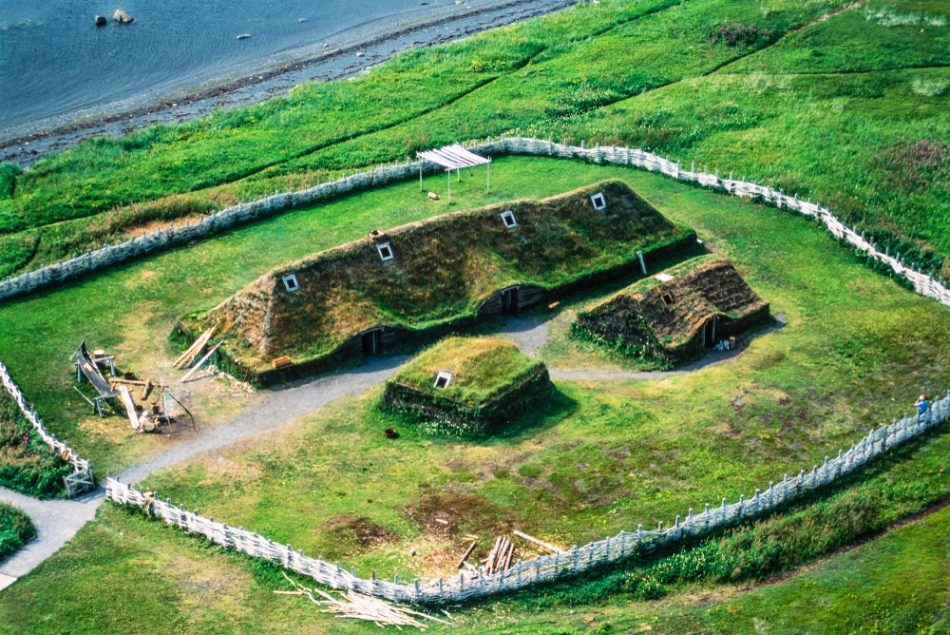Researchers have known for a while that Vikings from Greenland founded the village of L’Anse aux Meadows in Newfoundland around the turn of the millennium, but now, a study published in Nature has finally pinpointed the exact arrival date of these individuals, the first Europeans to arrive in the Americas.
The Norse, a group given the name “Vikings” by the English they raided, arrived in modern-day Newfoundland exactly 1000 years ago, in 1021.
This group was made up of about 100 women and men who stopped to repair their ships and build L’Anse aux Meadows. Research shows they lived in the village for just three to 13 years before abandoning it.
Previous estimates of the arrival of the Norse were based on oral histories, but the definitive date calculation was made possible by a naturally radioactive form of carbon detected in ancient pieces of wood on site. The presence of marks on the wood made from metal tools indicates they were cut by the Norse, not Indigenous people. Comparing the total age of the tree with the number of rings present when it was cut by the Norse gives researchers an exact year for their arrival.
Although Indigenous communities are the original inhabitants of the Americas, this new evidence demonstrates that individuals from Greenland reached the Americas a full 470 years before Christopher Columbus landed in the Bahamas.
Source study: Nature – Evidence for European presence in the Americas in AD 1021











